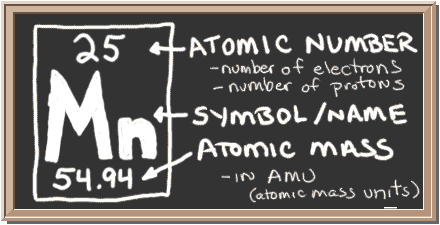We see a great deal about wearable energy-generating fabrics, garments that will help keep the wearer warm, or cool, or visible because of built-in piezo-electric generators in the makeup of the fabric. Several researchers are taking this to the next level, creating new warps and woofs of materials that will create energy from a greater range of energy inputs. Elias Siores and the University of Bolton In 2011, Professor Elias Siores and associates at the University of Bolton in the UK created a flexible fiber that could harvest energy from movement and light. Siores said it was flexible enough to be woven into “a sail, window curtain or tent and generate power”. The material was recognized as a major innovation at the 2011 Energy Innovation Awards in Manchester. In a 2013 paper, the team, led by described devising a “smart fabric.” “A smart material is one that shows extraordinary response when subjected to a stimulus. Piezoelectric materials are considered as …
Dallas Finds Seoul Brothers in Battery Development
A “novel” manganese and sodium-ion-based material might be a contender for the more universal lithium-ion batteries that power our mobile devices and make us mobile in electric vehicles. Developed by the University of Texas at Dallas in collaboration with Seoul National University, the new material is said to offer “a potentially lower-cost, more ecofriendly option to fuel next-generation devices and electric cars.” Dr. Kyeongjae Cho, professor of materials science and engineering in the Erik Jonsson School of Engineering and Computer Science, thinks battery cost is a “substantial issue.” It may become more of one with electric vehicle production growing from the existing global electric car stock of two million vehicles in 2016 to a projected nine-to-20 million (as reported by the International Energy Agency) by 2020 and between 40 and 70 million by 2025. This rapid growth will put an added burden on finding and extracting lithium, since the mineral exists in relatively small amounts in sometimes isolated places. Correction added …


